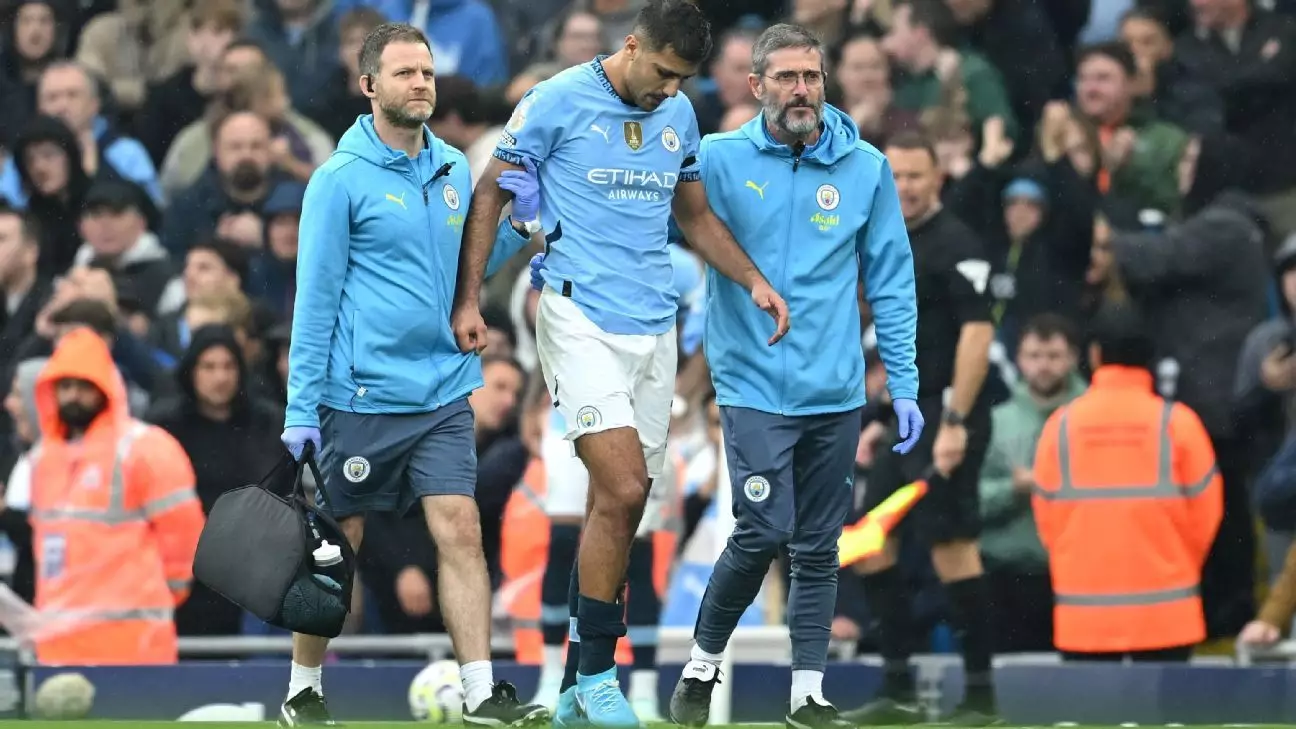Football has long been dubbed “the beautiful game,” but in recent years, the mounting fixture congestion has transformed it into a source of tension among players, clubs, and governing bodies. On one hand, elite players are vocal about their struggle with the sheer number of games; on the other, clubs are motivated by financial imperatives, leading to a complex web of competing interests. Navigating this intricate landscape reveals that while the players face significant pressures, genuine solutions demand collective compromise among various stakeholders.
A core misunderstanding of the fixture congestion debate is the perception of it as a binary conflict of interests — players pitted against club owners. In reality, the situation is far more nuanced. It involves multiple factions, each with their priorities. Players like Rodri and Erling Haaland voice concerns over their workload, highlighting the physical and mental toll that constant competition exacts. Yet, at the same elite clubs, some players, often those with fewer match appearances, might prefer more opportunities to feature in games to boost their visibility and enhance their careers.
This variance in opinion underlines a critical dilemma: How do we ensure player welfare when elite athletes are not a monolithic entity? Not all players are affected equally by the grueling schedule. Teams have a mix of stars who thrive under pressure and those who struggle to secure their footing in a crowded squad. Therefore, any solution must account for diverse perspectives within the player community itself.
A significant underpinning of the current situation is the financial model driving football today. The vast revenues generated from broadcast deals, sponsorships, and matchday revenues often push clubs toward a relentless pursuit of fixtures. More games mean more income, which is crucial for clubs that lean heavily on these streams to balance their budgets, especially those in the top tiers of football who must keep pace with competitiveness.
Interestingly, player unions recognize this reality, and they find themselves in a precarious position. Unlike their counterparts in the United States, no collective bargaining agreements exist in European football, which might have offered players more negotiating power. Instead, unions emphasize player welfare while diplomatically navigating the need for generating revenue, often aiming their criticisms at organizational expansions within UEFA and FIFA rather than domestic league structures.
The criticisms directed toward UEFA and FIFA regarding fixture congestion often overlook the complex motivations behind their decisions. For instance, the recent expansions of competitions like the UEFA Champions League directly reflect the clubs’ desires for more engagement and exposure. While UEFA’s initiatives might seem greedy to some, they ostensibly address a need in the market—clubs want more competitive matches to attract sponsors and maintain club finances.
Yet, what often gets lost in translation is the ethical responsibility these organizations have toward player health and well-being. As the custodians of the sport, they must find a balance between fostering growth in terms of competition and ensuring the longevity and health of the athletes who fuel the game’s success. Compromises must be sought that carefully consider both the commercial realities and the physical demands on players.
The existing quandary calls for a radical rethink that could forge pathways to a more harmonious relationship between fixtures, financial stability, and player welfare. One possible approach could involve a tiered workload system tailored to individual players based on their fitness levels and career longevity. For instance, star players like Haaland may negotiate terms that allow them to play fewer games in exchange for a reduced salary to alleviate financial pressures on their clubs while preserving their health.
Implementing structured breaks, limiting the number of matches per month, or even providing offseason recovery periods could mitigate physical strain. The sporting world recognizes the need for rest in various high-pressure professions; footballers deserve similar consideration. These initiatives can help protect players from burnout while preserving the integrity and excitement of the sport.
To navigate the complexities of fixture congestion, all parties—players, clubs, governing bodies—must engage in open dialogue to explore innovative solutions. A willingness to compromise is imperative; it is unrealistic to expect one side to bear the brunt of the changes. Still, there is optimism that as players recognize their collective power, united action may lead to sustainable outcomes.
Football stands at a crossroads. The industry must acknowledge that the well-being of athletes is integral not only to the game’s health but for its economic viability as well. As stakeholders come together to seek solutions, the essence of football can be preserved—ensuring it remains the beloved game enjoyed by millions around the globe. A collaborative approach may not only safeguard the future of the players but also the game itself, allowing it to thrive in an ever-evolving landscape.
